No products in the cart.
Sale
Galacto-RGD | CAS 922175-70-0 | Integrin αvβ3-Selective RGD Tracer for Radiopharmaceutical Research
Original price was: $28.00.$23.00Current price is: $23.00.
Galacto-RGD is an RGD analogue that can be coupled with the radioactive isotope ¹⁸F for use as an integrin αvβ3-selective tracer. It is commonly applied in the synthesis and research of radionuclide-drug conjugates (RDCs) and targeted molecular imaging.
Description
Product Description
Galacto-RGD is a synthetic derivative of the well-known arginine-glycine-aspartic acid (RGD) motif, engineered for high-affinity targeting of integrin αvβ3 receptors, which are overexpressed in tumor neovasculature and various cancer cell types. This compound incorporates a galactose moiety that enhances hydrophilicity and in vivo pharmacokinetics, making it a superior candidate for radiolabeling and molecular imaging research.
In radiopharmaceutical development, Galacto-RGD serves as a precursor molecule that can be conjugated with positron-emitting isotopes such as ¹⁸F. The resulting labeled derivatives (e.g., [¹⁸F]Galacto-RGD) have been extensively studied in positron emission tomography (PET) imaging of tumor angiogenesis and metastasis.
Biological Relevance and Mechanistic Insight
Integrins are transmembrane receptors mediating cell–extracellular matrix interactions, playing crucial roles in cell adhesion, migration, and signaling. Among them, integrin αvβ3 is a key biomarker of angiogenesis, making it an ideal target for tumor imaging. Galacto-RGD’s RGD sequence binds to the αvβ3 binding pocket with nanomolar affinity, while the galactose substituent improves solubility, clearance, and metabolic stability in vivo.
This dual-functional design has made Galacto-RGD one of the earliest and most reliable RGD-based PET tracers used in translational research and clinical imaging trials.
Research Applications
Galacto-RGD plays a versatile role in molecular imaging and targeted drug discovery. Its main applications include:
PET imaging agent precursor: For radiolabeling with ¹⁸F via prosthetic groups such as N-succinimidyl-4-(fluoromethyl)benzoate (SFB).
Integrin-targeted tracer studies: Evaluating αvβ3 expression in angiogenic tissues, tumors, and metastases.
Radionuclide-drug conjugate (RDC) synthesis: Serving as a targeting moiety for theranostic constructs combining diagnostic and therapeutic isotopes.
Pharmacokinetic and biodistribution analysis: Studying RGD-peptide transport and clearance in vivo.
By incorporating Galacto-RGD into RDCs or imaging probes, researchers can achieve precise localization and quantification of integrin expression — a key parameter in monitoring tumor progression and therapeutic response.
Product Specifications
| Property | Description |
|---|---|
| Product Name | Galacto-RGD |
| CAS Number | 922175-70-0 |
| Synonyms | [¹⁸F]Galacto-RGD precursor; Integrin αvβ3 RGD analogue; RGD-galactose conjugate |
| Molecular Formula | CₓHᵧNᵧOᵧ (available upon request) |
| Purity | ≥99% |
| Form | Lyophilized powder |
| Storage | −20 °C, protected from light and moisture |
| Solubility | Soluble in water, PBS, and DMSO |
| Stability | Stable for ≥12 months under recommended storage conditions |
| Category | Radiotracer precursor; Integrin αvβ3 targeting ligand |
| Applications | PET imaging studies, RDC synthesis, angiogenesis tracer development |
| Research Area | Radiochemistry, Molecular Imaging, Oncology, Pharmacology |
| Intended Use | For laboratory research use only |
Mechanism of Action
Galacto-RGD functions through the RGD–integrin αvβ3 interaction, a well-characterized molecular recognition event. The RGD tripeptide motif binds to the extracellular domain of αvβ3, stabilizing ligand–receptor interaction via ionic and hydrogen bonding with the aspartic acid residue and the metal ion-dependent adhesion site (MIDAS).
When radiolabeled, [¹⁸F]Galacto-RGD binds selectively to αvβ3-expressing cells, allowing non-invasive quantification of receptor density through PET imaging. This specific binding enables researchers to monitor angiogenesis, assess tumor aggressiveness, and evaluate therapeutic efficacy of anti-angiogenic drugs.
The galactose modification improves pharmacokinetic parameters by enhancing hydrophilicity and reducing nonspecific liver uptake, resulting in clearer imaging contrast and faster renal clearance. Consequently, Galacto-RGD represents a benchmark compound for next-generation RGD analogues in nuclear medicine and molecular diagnostics.

Side Effects
In experimental settings, Galacto-RGD demonstrates excellent tolerability and biochemical stability. It exhibits no intrinsic cytotoxicity, as its biological activity is limited to integrin receptor binding without triggering signaling cascades.
Potential laboratory observations may include:
Minimal nonspecific binding to non-αvβ3 tissues
Rapid in vivo clearance after radiolabeling
Low background uptake in non-targeted organs
Nevertheless, as a radiopharmaceutical precursor, all ¹⁸F-labeled derivatives should be handled in compliance with institutional radiation safety procedures and good laboratory practices.
Keywords
Galacto-RGD, 922175-70-0, [¹⁸F]Galacto-RGD precursor, integrin αvβ3 tracer, RGD analogue, radiopharmaceutical peptide, molecular imaging agent, PET tracer precursor, angiogenesis imaging probe, radionuclide-drug conjugate synthesis
Shipping Guarantee
All shipments are handled using validated cold-chain logistics to preserve peptide integrity. Each package is sealed in moisture-proof containers with secondary protective wrapping and continuous temperature monitoring. Products are shipped via express international couriers with full tracking and insurance coverage.
Trade Assurance
We ensure product authenticity, verified ≥99% purity, and compliance with analytical standards (HPLC, MS, and NMR). Each batch is supplied with a Certificate of Analysis (CoA). Our trade assurance policy guarantees replacement or refund for any deviation from listed specifications.
Payment Support
We provide flexible and secure global payment options to support international research transactions. Accepted payment methods include PayPal, major credit cards (Visa, MasterCard, American Express), telegraphic transfer (T/T), and cryptocurrencies (USDT, Bitcoin, Ethereum). All transactions are protected by industry-standard encryption and verified payment gateways to ensure confidentiality and fund security.
Additional information
| Weight | 0.8 kg |
|---|---|
| Dimensions | 65 × 28 × 65 cm |
What is Galacto-RGD?
Galacto-RGD is an RGD-based integrin αvβ3-selective peptide analogue used as a radiotracer precursor for PET imaging and radionuclide-drug conjugate (RDC) research.
What is its CAS number?
The CAS number for Galacto-RGD is 922175-70-0.
How does Galacto-RGD work?
It binds specifically to integrin αvβ3 receptors on tumor vasculature, allowing imaging or targeted delivery when coupled with isotopes such as ¹⁸F.
Can Galacto-RGD be radiolabeled?
Yes, it is commonly radiolabeled with ¹⁸F to produce [¹⁸F]Galacto-RGD, a PET imaging agent for angiogenesis and tumor research.
What are its key research applications?
Galacto-RGD is used in studies of angiogenesis, oncology, targeted molecular imaging, and theranostic RDC development.
What is its purity level?
All lots are verified to have ≥99% purity, confirmed by HPLC and MS analysis.
How should it be stored?
Store at −20 °C, away from light and moisture, to maintain peptide stability.
Is Galacto-RGD toxic?
No. It is non-toxic and biologically inert in the absence of attached radionuclides.
What solvent should be used for reconstitution?
It dissolves readily in water, PBS, or DMSO depending on experimental needs.
Is it intended for human use?
No. Galacto-RGD is for laboratory research use only, not for diagnostic or therapeutic application in humans.

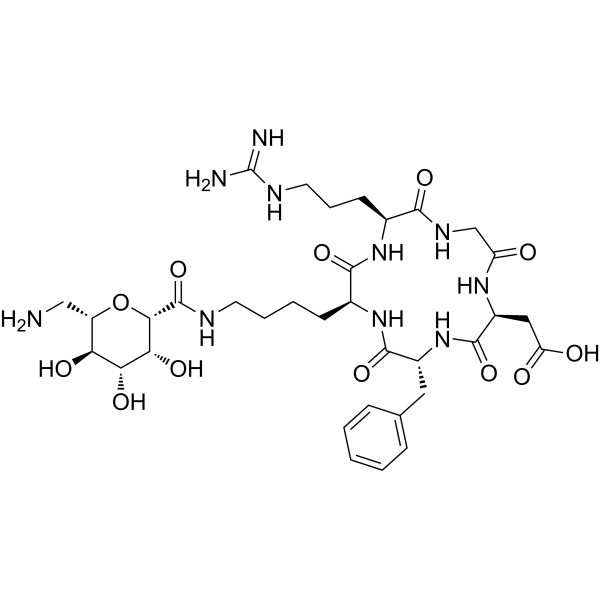

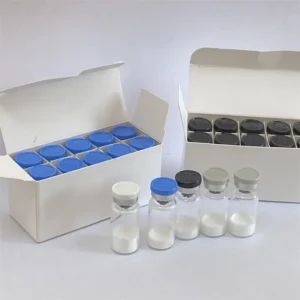
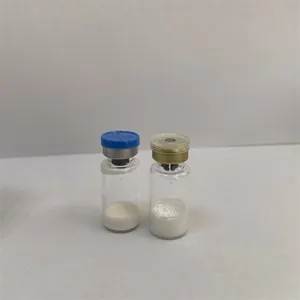
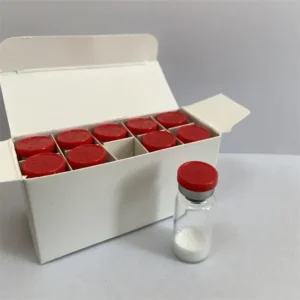

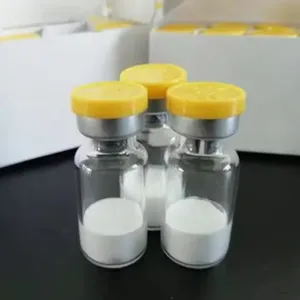
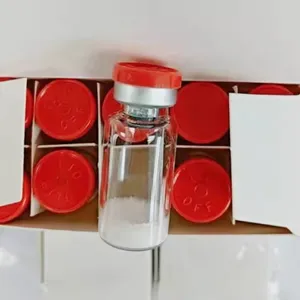
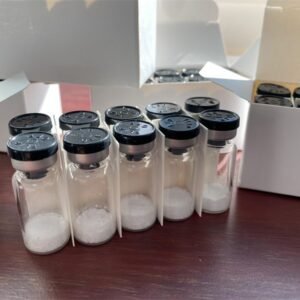
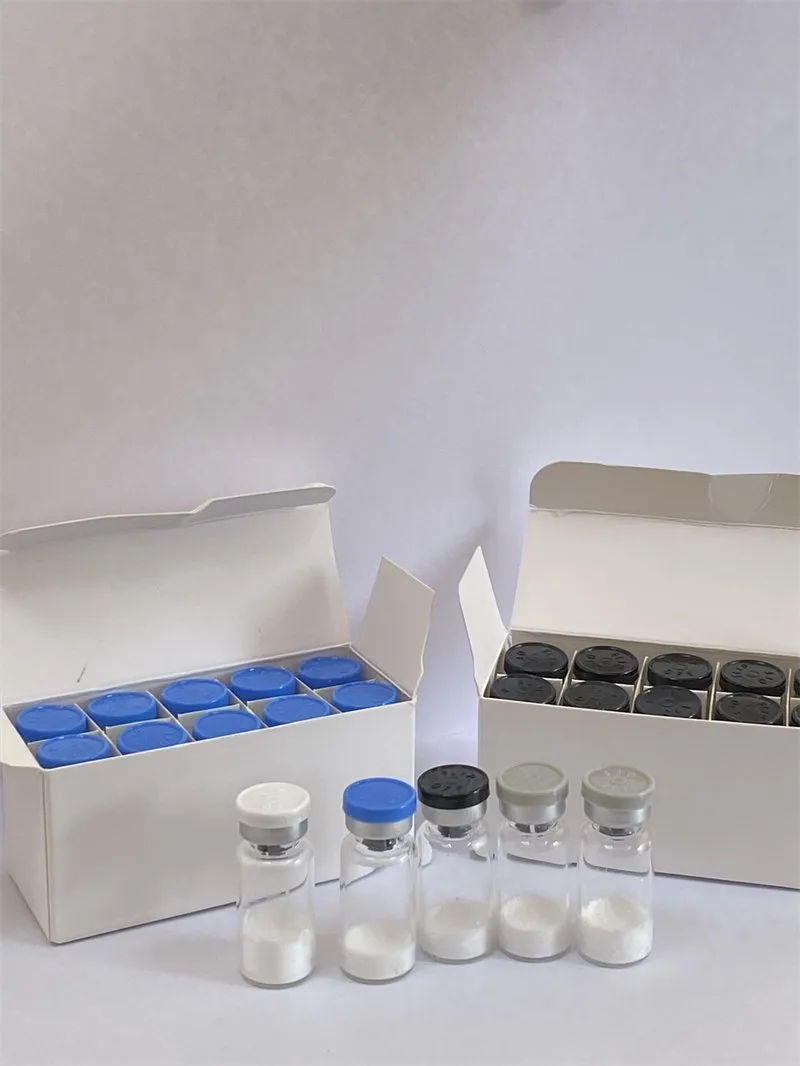
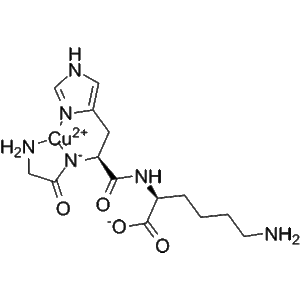
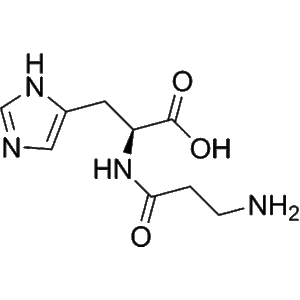
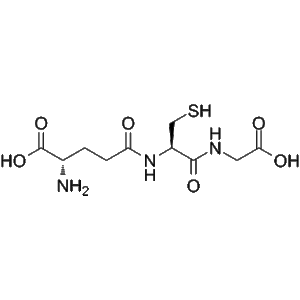
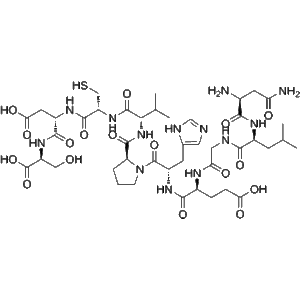
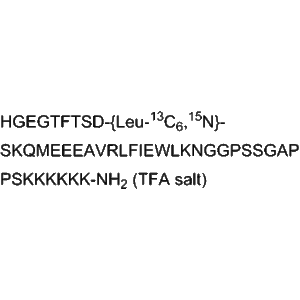
Reviews
There are no reviews yet.